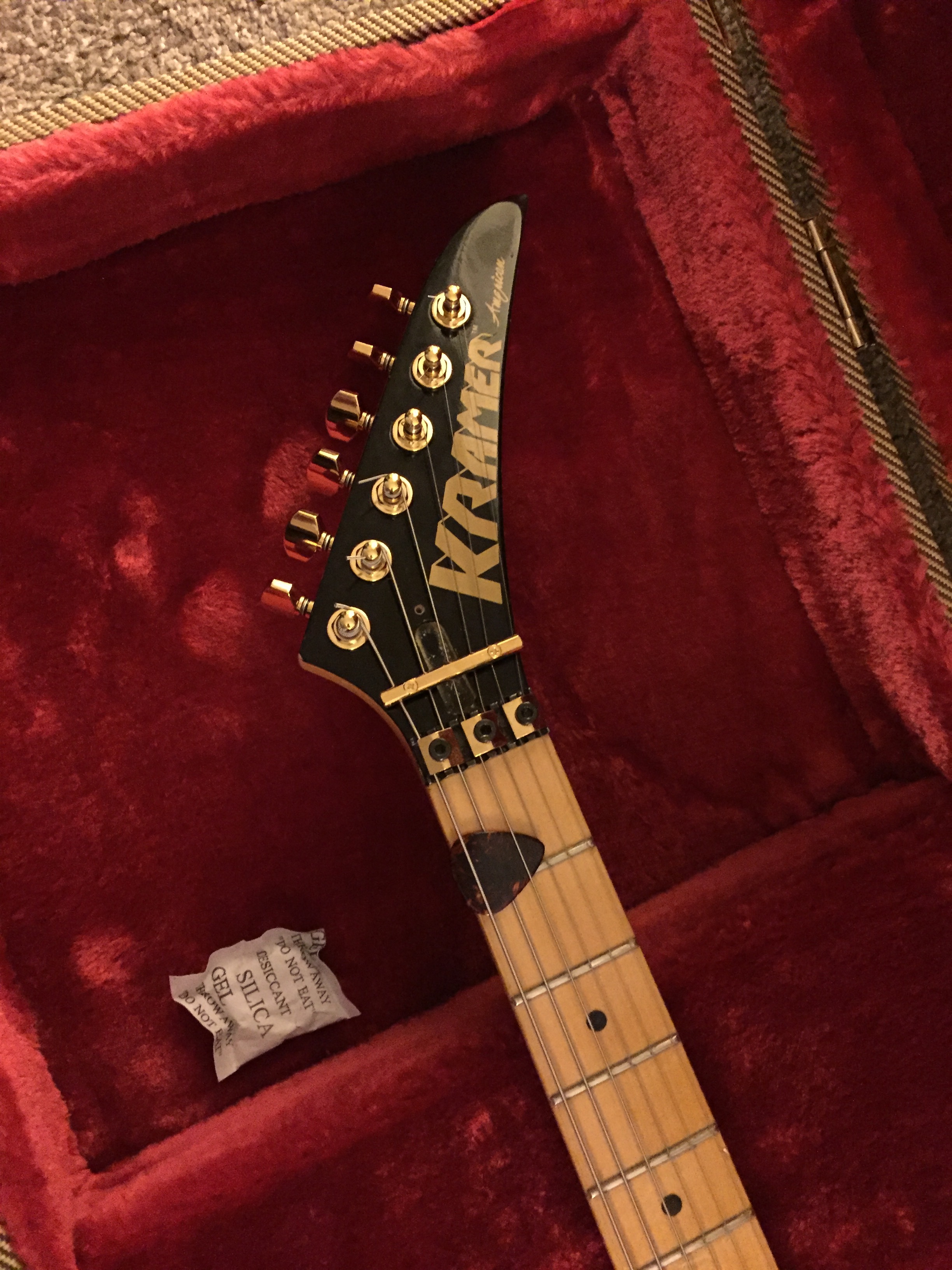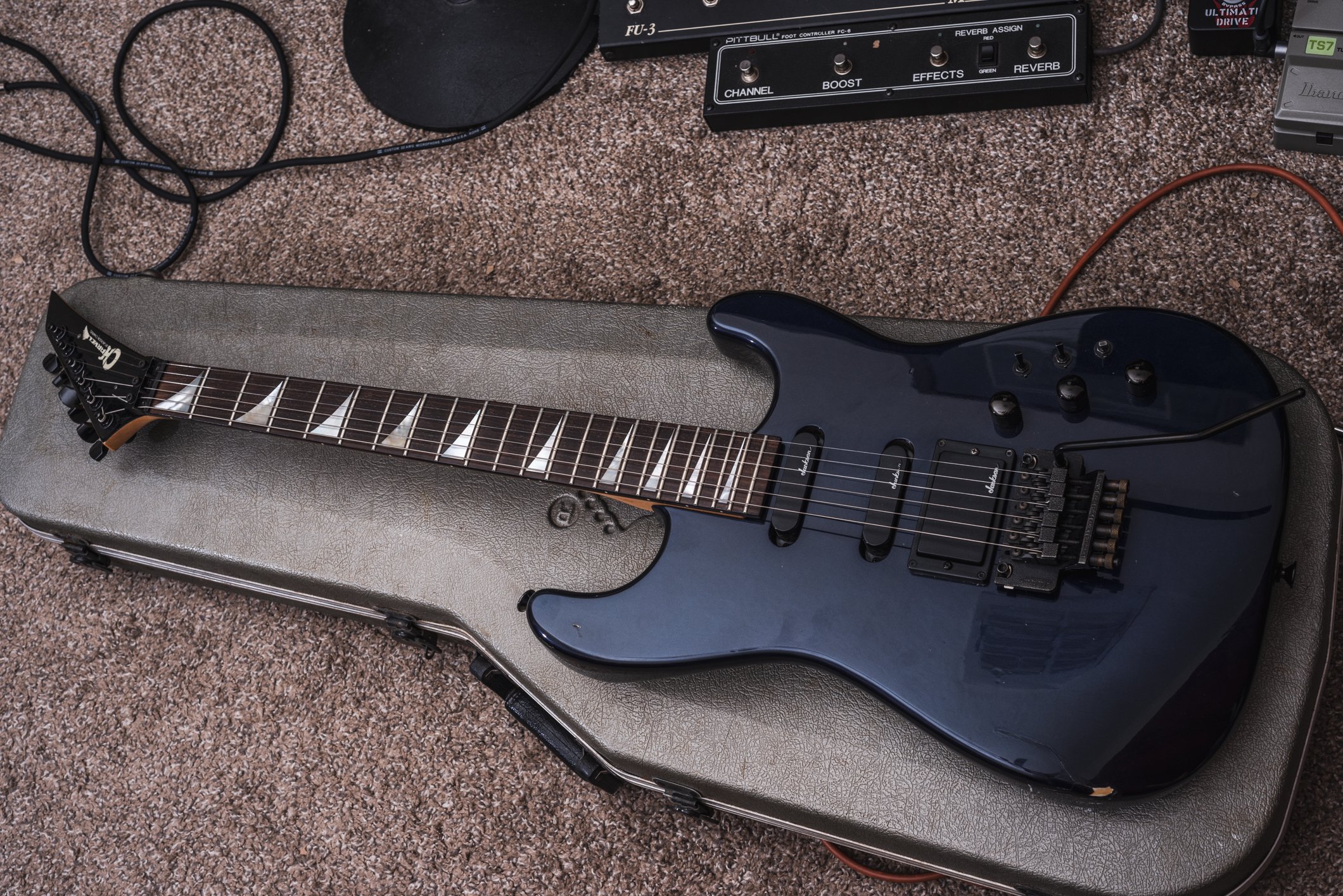I’ve had a lot of fond memories with my ADA MP-1, a few times while moving around it was my only amp and it pulled double duty as a practice amp, a microphone preamp, even a headphone amp run through my PC with an IR back in the early days of IR’s just to have something to practice on.
I knew that an MP-2 existed, although it isn’t as highly regarded as the MP-1, so I’ve always wanted one to find out for myself.
Well, I’ve finally gotten one - and I also picked up a 6-slot rack and someday I hope to fill all six slots with various rack preamps - Peavey Rockmaster, ENGL E530, Marshall JMP-1… all on my list to grab someday (I run these through the FX loop in of my Marshalls instead of through a rack poweramp, which is fine for my setup).
I think this is an extremely underrated amp and it is entirely held back by one thing alone - how complicated it is to set up. Most guitar players just want to turn a few knobs and start playing, and even on the MP-1, you basically chose either distortion or clean and a few EQ settings and started playing. On this amp, it’s not that simple - there are 10 different preamp voicings, and each has the usual ADA setup with two gains, a 4-band EQ section (there is a presence control but this is a preamp so it’s more like “very high treble”). That alone isn’t too bad, but some of the voicings are a little less interesting sounding because clearly this amp was intended by the designers for you to use the second part too - all of the effects. This amp has a noise gate, graphic EQ, and several effects including the classic chorus that ADA’s are famous for. The problem is that the amp relies on these to get the optimal tone - as opposed to the MP-1 which is a bit more plug and play, although that one also benefits nicely from further processing - how many MP-1 players say they don’t like the MP-2, but then use a BBE Sonic Maximizer and a rack mount Graphic/Parametric EQ in the chain anyway. It’s just a different way of doing it with the MP2 because it’s all self contained.
All of that said, I still think the MP-1 is superior in tone because I like the voicings better, but I’ve also had the MP-1 for a decade and I’m still new to the MP-2, so that’s probably a big part of it. Someone wrote a computer program to configure the MP-2, if I can get that working I think that will be a huge improvement for me if I can set up some patches in advance and then just download them to the MP-2 instead of having to program on the MP-2 itself. Either way, I think with the same 128 stored presets, and now so many voicing, effect, and EQ options, I would love the MP-2 as a touring musician if I played the same material constantly. I feel like I could program in 2-3 patches for every song in the set and still have space left over.
I’m glad to have this one in the arsenal, but it’s going to take some time to get the best out of for sure.



















